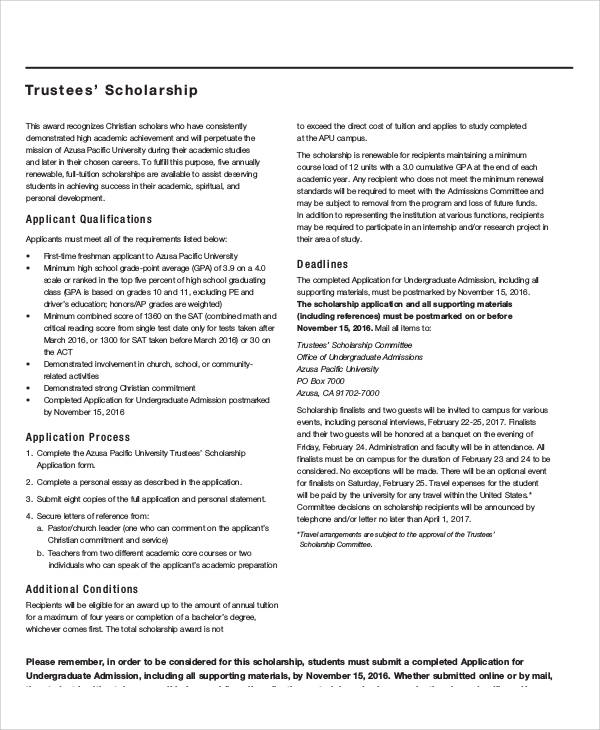
C. McCaffrey, , New Review of Academic Librarianship 6 by the University of Limerick to measure the impact on library users of noise management interventions implemented from to and found that reader perceptions of the provision of quiet space greatly improved in the period and that continuous effort focused on the specific issue New Review of Academic Librarianship, v23 n4 p Although the term lacks a standard definition, learning commons represent academic library spaces that provide computer and library resources as well as a range of academic services that support learners and learning New Review of Academic Librarianship, Volume 26, pp ; doi/
SJR - Journal Search
ISSN : printonline. Target audience: The target audience is academic librarians and information professionals from around the world. Peer reviewed? Medium: Print and online. Content: T he New Review of Academic Librarianship publishes a comprehensive range of topics in the realm of academic libraries and their services, including scholarly communication and institutional repositories, learning and research support, information literacy, technological advances, physical space, monitoring and evaluation, collection management, conservation and preservation, collaboration, electronic content, and national and international higher education library policy.
Frequency of publication: Four times per year. Location of submission guidelines: Instructions for authors. Submission and review process: New Review of Academic Librarianship uses ScholarOne Manuscripts for submissions. Editorial tone: The tone of the writing in the New Review of Academic Librarianship is academic yet less formal than one might expect in a scholarly journal.
The New Review of Academic Librarianship is a prestigious LIS journal with an international scope and a focus on research and practice in academic libraries. Submissions reflect advanced and original research and high-level scholarship. Audience location and language or cultural considerations: Although published in the United Kingdom, the New Review of Academic Librarianship is intended for an international readership, including both English-speaking and non-English-speaking countries, especially in Europe, new review of academic librarianship.
The journal is published in English; however, given its intended international audience, the publishers stress the importance of using a straightforward writing style.
Reader characteristics: The readers targeted are most likely librarians and information specialists associated with colleges and universities, new review of academic librarianship.
While the specific practices at institutions of higher education may differ in the various nations where the journal is read, the librarians are most likely highly educated individuals providing educational and research support for faculty and students. Knowledge of LIS subject matter: It is safe to assume new review of academic librarianship the readers of this journal are well versed in LIS issues.
However, an author should remember that the readers are academic librarians and will not necessarily be familiar with the details or practices of other types new review of academic librarianship libraries.
Furthermore, an author writing for the New Review of Academic Librarianship should consider that the experiences of academic librarians in other countries might differ significantly from those in their own countries, and so provide some context and explanation. Authors submitting to the New Review of Academic Librarianship should understand that the readership is international in scope and focused on theory and practice in academic libraries and information services targeted to faculty and students in colleges new review of academic librarianship universities.
They should keep in mind regional and cultural considerations that may need to be explicated for readers from different regions. The readership expects high-level scholarship and research, as well as analyses that emphasize how LIS scholarship can be implemented in practices and services in academic libraries.
Show 17 footnotes. Page History. Conclusion: Analysis of reader characteristics and their potential impact on authors Authors submitting to the New Review of Academic Librarianship should understand that the readership is international in scope and focused on theory and practice in academic libraries and information services targeted to faculty and students in colleges and universities.
Last updated: February 10, References. Category: LIS Scholarly Journals Tags: Academic libraries Architecture Collaboration Collections International scope Management and leadership Marketing Technology. Journal of the Association for Information Science and Technology JASIST, new review of academic librarianship. The Electronic Library TEL.
Publishing in Academic Journals
, time: 1:26:28(PDF) New Review of Academic Librarianship | Anne Costigan - blogger.com

Authors submitting to the New Review of Academic Librarianship should understand that the readership is international in scope and focused on theory and practice in academic libraries and information services targeted to faculty and students in colleges and universities. They should keep in mind regional and cultural considerations that may need to be explicated for readers from different regions Article published in New Review of Academic Librarianship. blogger.com Placing the libra ry at the heart of plagia rism prevention: the New Review of Academic Librarianship, v23 n4 p Although the term lacks a standard definition, learning commons represent academic library spaces that provide computer and library resources as well as a range of academic services that support learners and learning

No comments:
Post a Comment